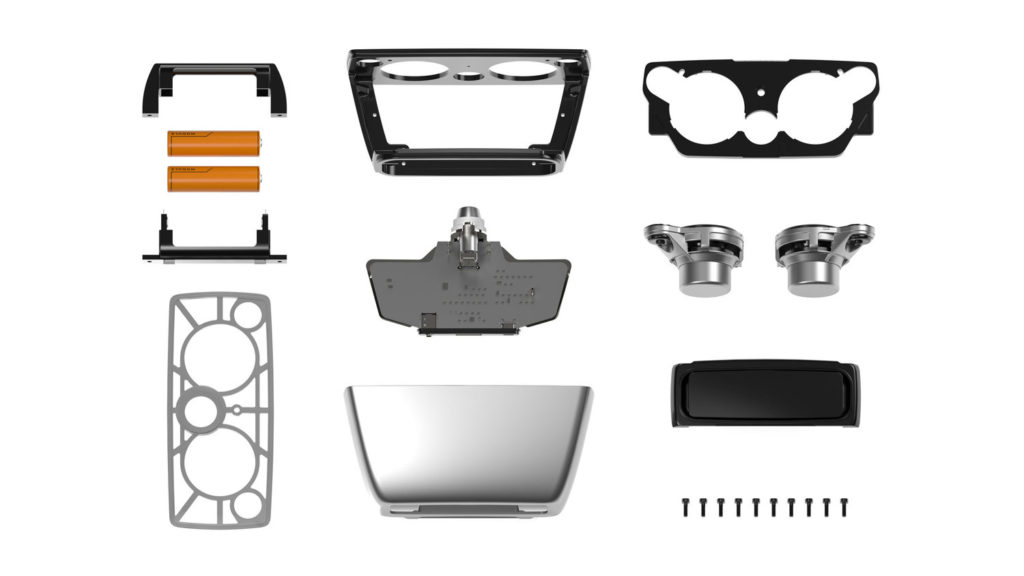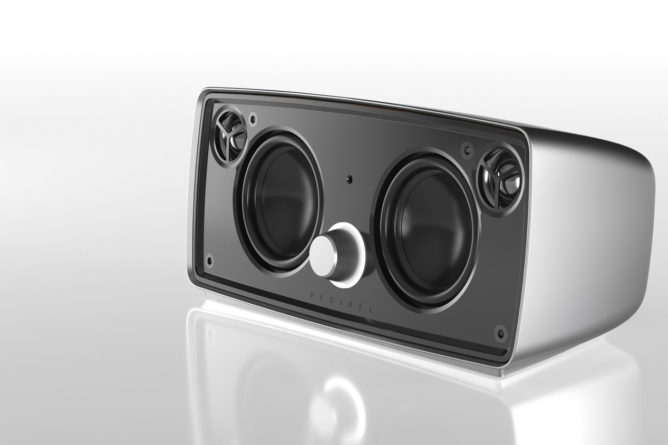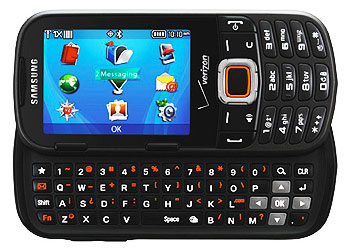So many electronic gadgets nowadays are so disposable and have short life cycles. Ever notice how some phones tend to conk out when it’s almost time for a new version to come out? Or how some computers start acting up right when your warranty expires? At some point, you just want to throw away and replace your gadgets, or maybe, you know, donate or recycle them?
But there has to be a better solution, and one of them is to make sure that gadgets are modular and upgradable so you never have to throw them away again–just open them up and replace them. The principle has been introduced in the as-yet-conceptual Phonebloks, and The Module Project is well on its way to making it a reality with the Decibel, a mobile wireless speaker that you can upgrade on your own. All you need is an Allen key to open up your speaker and then swap out the components as needed. What’s more, The Module Project offers updates only “when it is logical and genuinely beneficial to the owner,” meaning there’s no real pressure to upgrade and you can choose to modify the components if you want–and you don’t even have to if you’re still happy with your speaker.

The Decibel has pretty interesting features: it connects over Bluetooth and a 24-hour battery life. It also links other Decibel units, and you can charge it through fast charging via USB-C. We have yet to find out about audio quality, however, because the speaker will be shipped out to its Indiegogo backers in December 2017.


 It’s always interesting when companies develop ordinary products using non-traditional materials–just look at the
It’s always interesting when companies develop ordinary products using non-traditional materials–just look at the 

